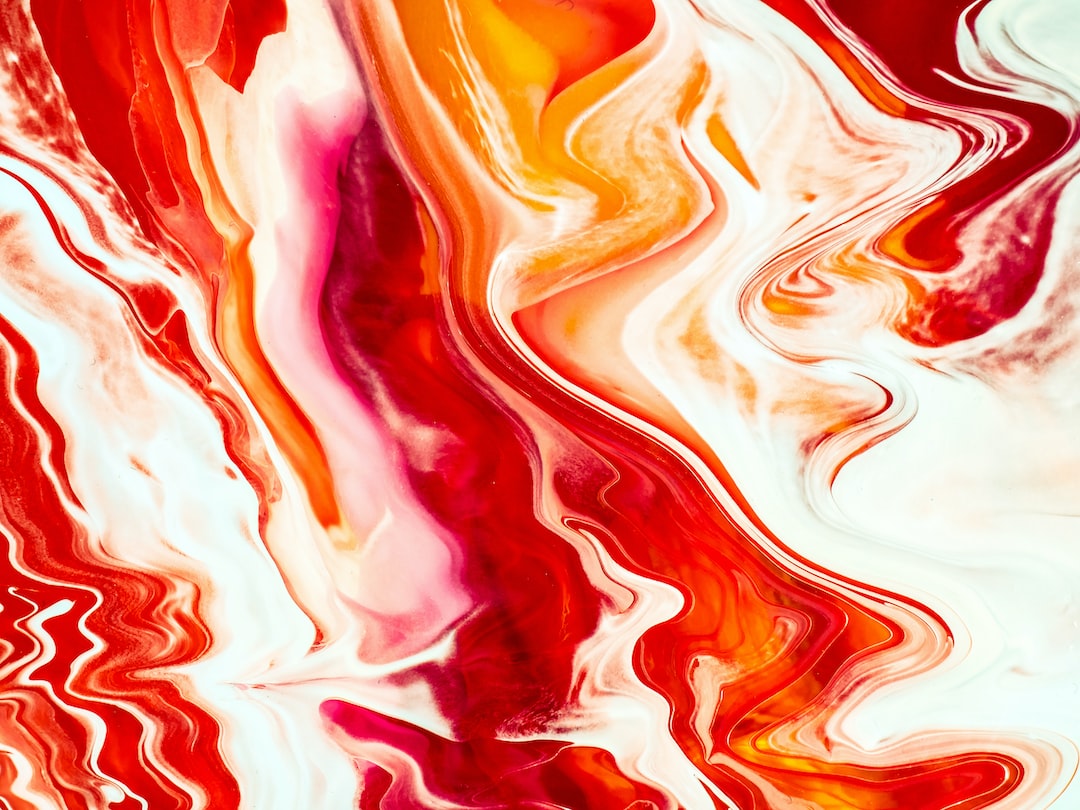The Art of Ceramics: Merging Functionality with Aesthetics
Ceramics is a timeless art form that has been admired and practiced for centuries. From ancient civilizations to modern times, this versatile medium continues to captivate artists and enthusiasts alike. What makes ceramics so unique is its ability to merge functionality with aesthetics, creating pieces that are not only beautiful to look at but also serve a practical purpose. In this blog post, we will explore the art of ceramics and delve into how it successfully combines the two elements.
Functionality is at the core of ceramics. Whether it is a hand-crafted mug for your morning coffee or a decorative vase for your favorite flowers, ceramics play a significant role in our everyday lives. The process of creating functional ceramics involves careful consideration of different factors, such as the desired shape, size, and purpose of the piece. Artists have to strike a balance between aesthetics and practicality, ensuring that the final product not only looks appealing but also serves its intended function effectively.
One of the key elements in merging functionality with aesthetics is the selection of materials. Ceramics can be made from a variety of materials, including clay, porcelain, and stoneware, each possessing its own unique qualities. The choice of material depends on the desired outcome of the piece, considering factors such as durability, texture, and color. For instance, stoneware is known for its strength and versatility, making it an ideal choice for functional ceramics that are meant to withstand everyday use.
The creation of ceramics involves different techniques, such as wheel-throwing, hand-building, and mold-making. Each technique requires a specific set of skills and tools, and the choice of technique greatly impacts the form and function of the final piece. Wheel-throwing, for example, is a method commonly used for creating vessels with symmetrical shapes, such as bowls or vases. This technique allows artists to meticulously shape the clay while also ensuring its functionality. On the other hand, hand-building techniques, such as coiling or slab-building, offer more artistic flexibility, enabling artists to create unique and intricate designs.
Once the form of the piece is established, artists turn their attention to the aesthetic aspect of ceramics. This is where artistic flair and creativity truly come into play. Artists employ various decorative techniques, such as painting, carving, or glazing, to enhance the visual appeal of their creations. Glazing, in particular, is a popular method that not only adds color but also provides a protective coating to the ceramic surface. Artists carefully select glazes that not only complement the form of the piece but also add depth and complexity to its overall appearance.
In addition to decoration, texture plays a crucial role in the aesthetics of ceramics. Artists often manipulate the clay surface to create textures that evoke a sensory experience for the viewer. This can be achieved through techniques such as impressing, incising, or slip trailing. Texture not only adds visual interest but also enhances the tactile experience, enticing individuals to interact with the piece.
Ceramics have long been regarded as a form of art that bridges the gap between functionality and aesthetics. Whether it is a beautifully designed teapot or an intricately crafted sculpture, ceramics have the ability to captivate us with their dual nature. They serve as a reminder that art can exist in our everyday lives, blurring the boundaries between art and functionality.
In conclusion, the art of ceramics is a testament to the human ability to merge functionality with aesthetics. From its humble beginnings to its current status as a highly regarded art form, ceramics continue to evolve and inspire. The careful selection of materials, the mastery of techniques, and the creativity in decoration all contribute to the success of this art form. As we appreciate the beauty of ceramics, let us remember its inherent duality – the ability to bring art into our daily lives while serving practical purposes.

